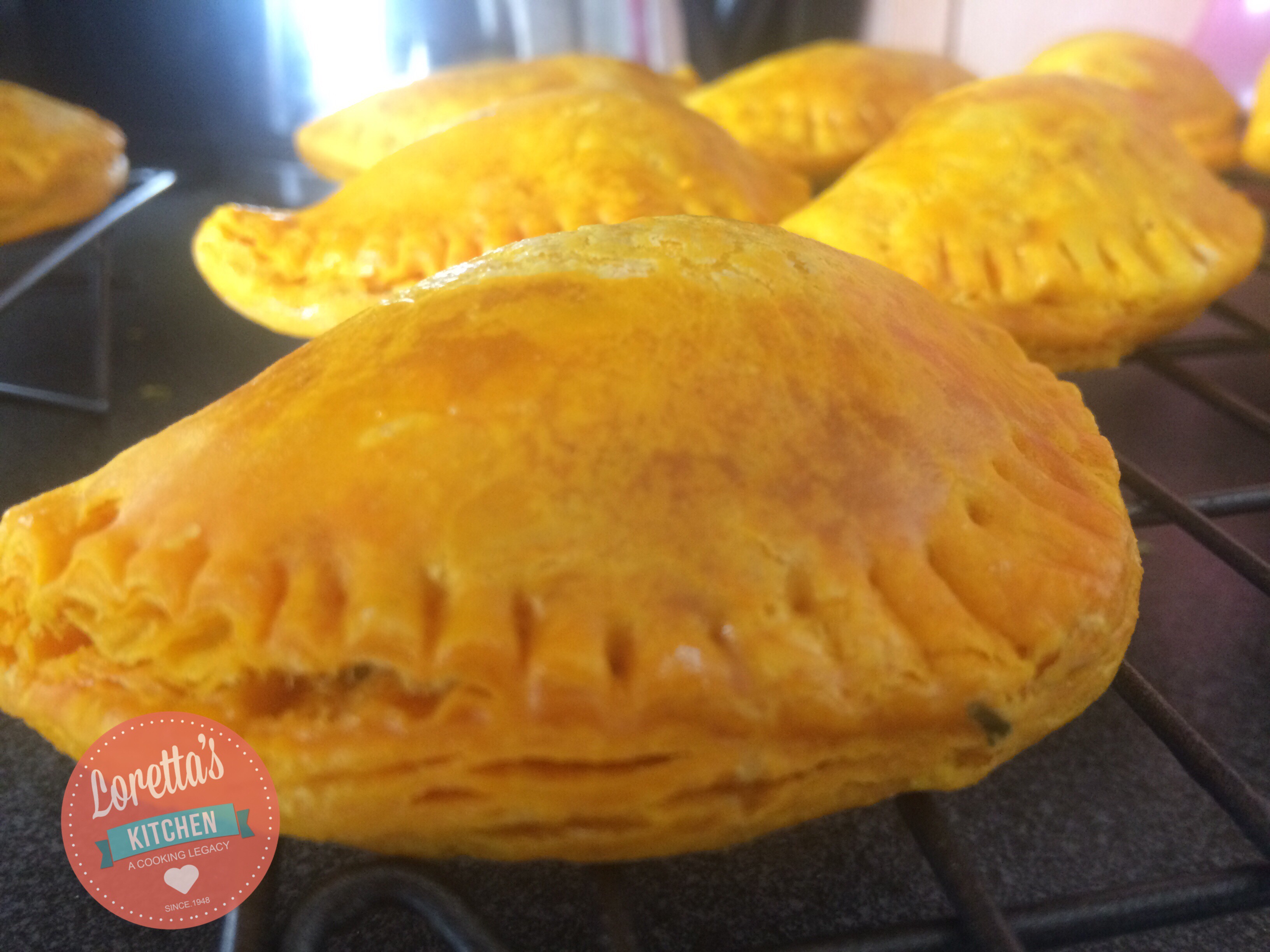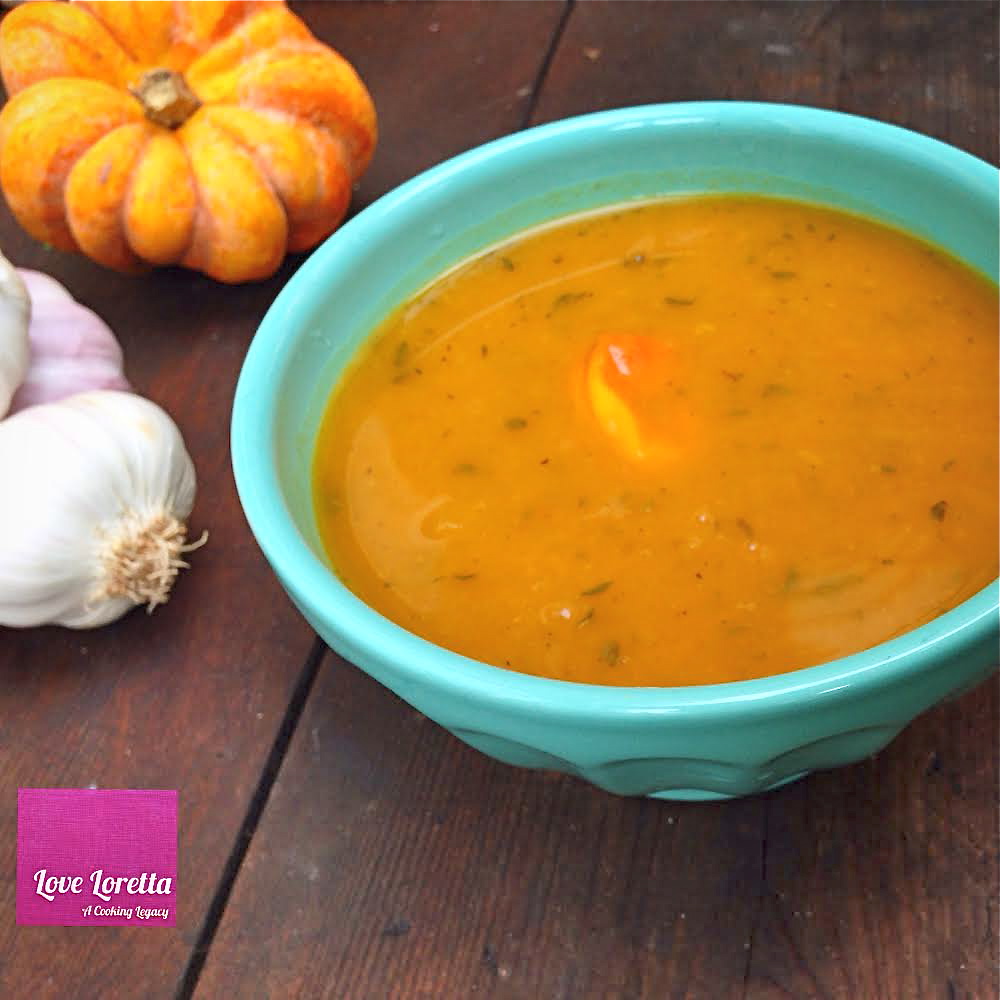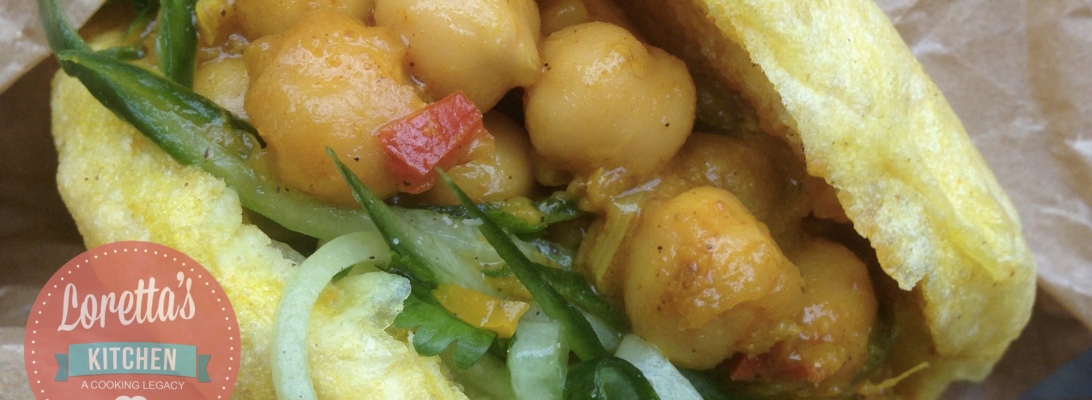I remember being about 6 or 7 at the time (for some reason I put a lot of childhood events between this age range) when I tasted my first Tamarind Ball. It was dark in colour and resembled a golf ball that had been rolled in sugar. My brother told me it was (pepper) ‘hot’, so as neither of us could bear hot pepper at the time I avoided them as best I could.
But then a few weeks later, I thought I’d pluck the courage to go try one of these ‘sweets’ as my Dad called them. He had brought them back from a short trip he’d made to Trinidad to see my Grand - parents and extended family. I had watched on with envy as my Mum and Dad devoured them with child like pleasure all week and couldn’t understand the fascination with something that resembled liquorice but tasted like pepper.
The moment the Tambran was in my mouth, I was met by an unusually sweet sticky texture which I chewed on for a couple of seconds, before coming across the odd black seed (which I guessed had been missed). Then came the pepper of fire, which turned out to be more like a tickle rather than a punch in the mouth; it was over before I knew it. I loved them!
From then on I void never to follow my brother’s advice (in relation to food) ever again.
The recipe below is for Tambran sauce, I thought it would be better to share the sauce rather than the sweet/savoury balls with you because it’s a very versatile sauce which can be added to a number of sweet, savoury dishes or even drinks!
I’ve used this sauce in the Bara and Channa which is joining the blog soon, and hopefully I’ll share a drink with you too! Enjoy
Nutritional Value:
Each 100 grams of tamarind contain 36% of the thiamin, 35% of the iron, 23% of magnesium and 16% of the phosphorus recommended for a day’s worth of nutrition. Other prominent nutrients include niacin, calcium, vitamin C, copper, and pyridoxine.
'Tambran' (Tamarind) Sauce
Ingredients
10 sweet tamarinds, shelled and de-seeded
2 to 3 cups water
1 tbsp brown sugar
1 pinch of salt
2 cloves of garlic - crushed
1/4 medium onion - grated finely
1/2 tsp scotch bonnet pepper - chopped finely (or more!)
Method
Once you have removed the shell from the tamarind, rinse the tamarind under running water (this is to make sure any bits of the shell still on the fruit are completely removed.
You will see a boney like membrane running along the fruit, remove that too if possible, otherwise, transfer the tamarind a saucepan. Pour into the saucepan, two cups of water and bring the pan to a fast boil, you will see the tamarind begin to dissolve, you can help the fruit separate from the seed by mashing it with a potato masher. If the liquid starts to thicken, add more water and lower the heat. This should take 5 -7 minutes.
Take the tamarind off the heat, pour the mixture through a sieve into a bowl, leaving behind the husk and the seed. You want to add the husk to the remaining sauce and discard the seed. Now return the tamarind sauce to the saucepan.
In the saucepan, add the remainder of the ingredients and bring it to a medium boil to help thicken the sauce. Once the sauce is at the consistency you want, allow it to cool and store in sterilised jars in the refrigerator.
Like this:
Like Loading...





